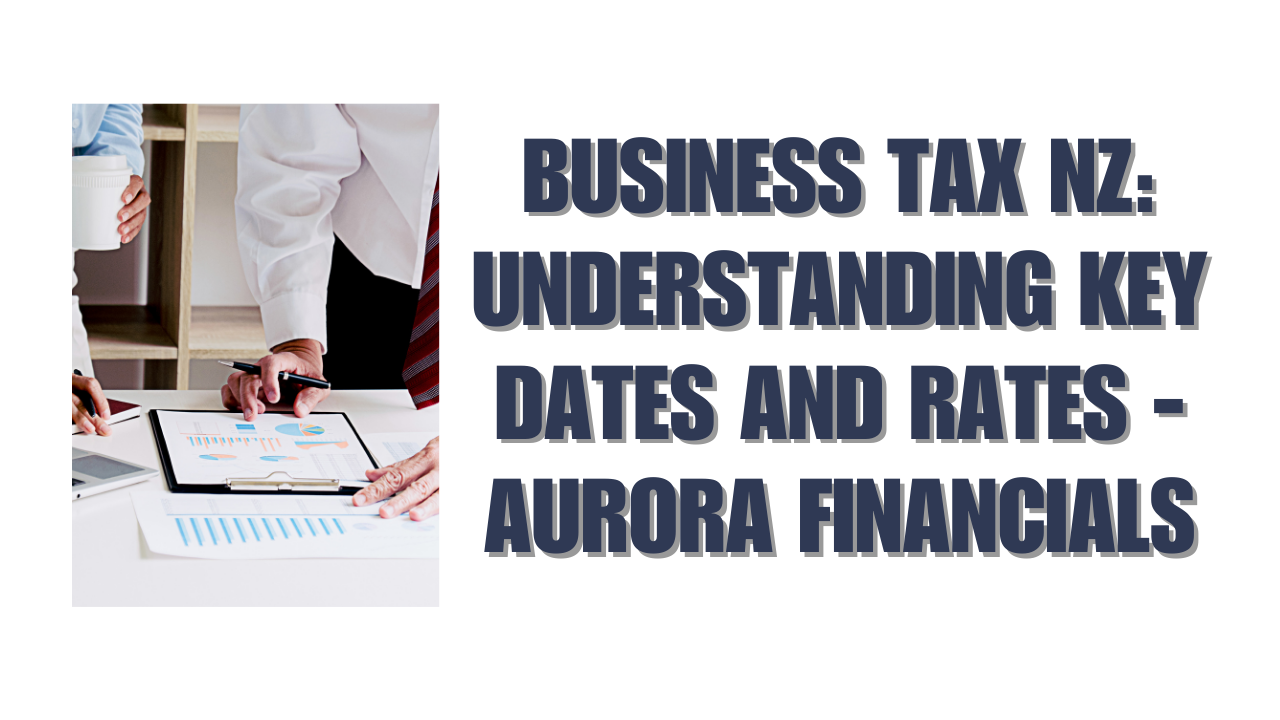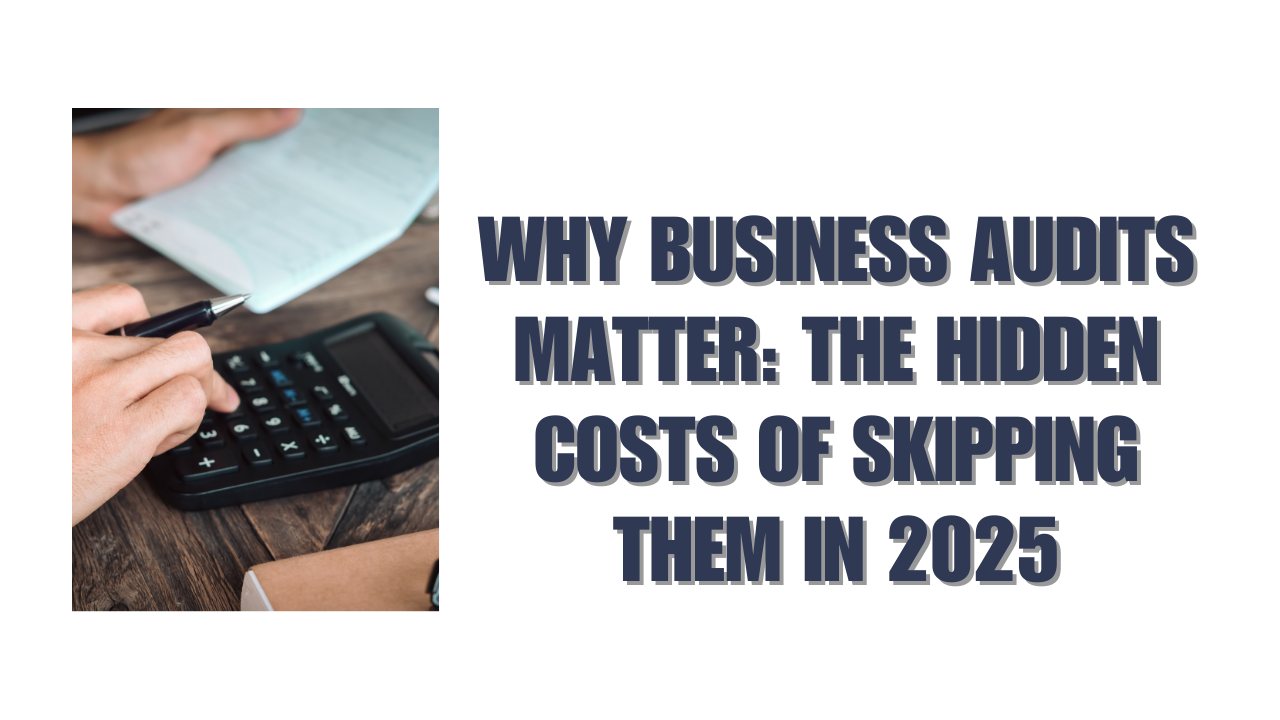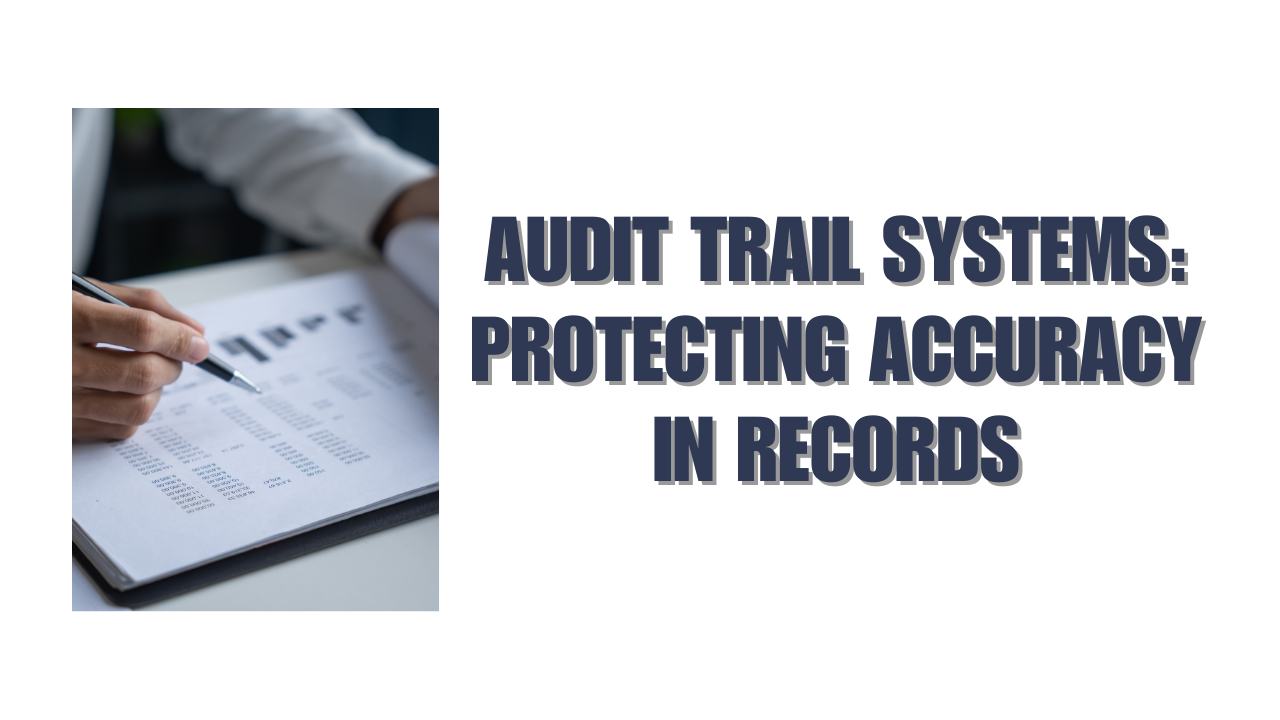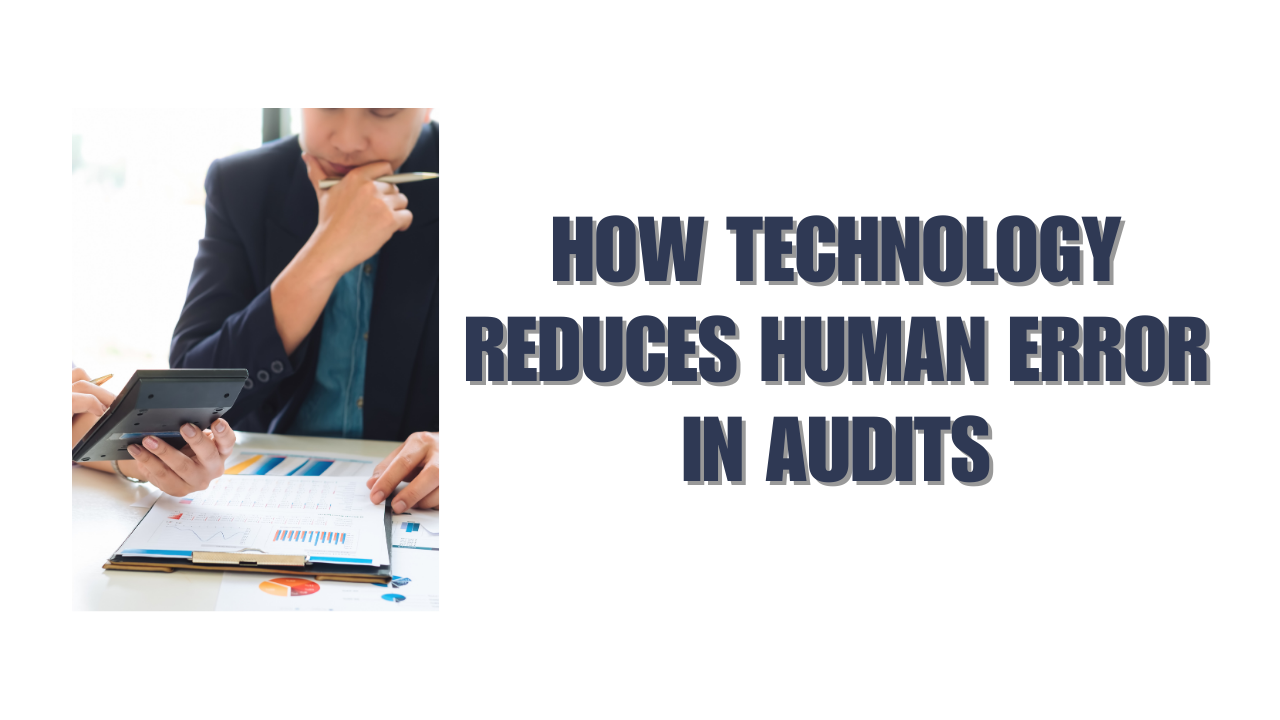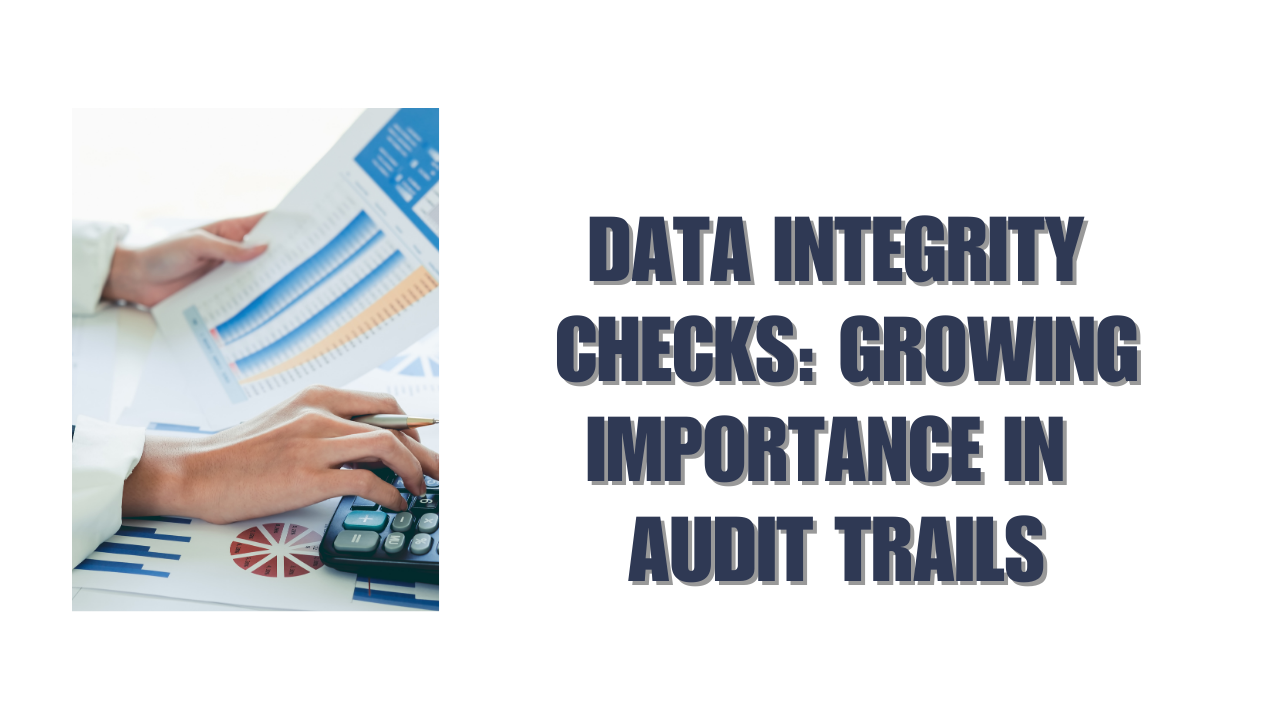Did you know that a single mistake in your GST return NZ filing could result in penalties? These start at 1% and rise to 4% in just a week.
GST compliance is a vital part of business operations. This applies whether you run a small business with annual sales under NZD 500,000 or manage larger operations with NZD 24 million in turnover. GST makes up 15% of most goods and services, so much of your business transactions need careful attention.
Many business owners find GST returns overwhelming. The process becomes simpler with the right knowledge and tools. You can become skilled at GST filing and receive refunds within 15 days after submission.
This piece offers expert tips and practical strategies. These will help you file GST returns accurately and on time. You’ll learn to avoid mistakes that get pricey while staying compliant with New Zealand’s tax regulations.
Understand the Basics Before You File
Getting your GST filing right starts with understanding the basics. This knowledge will save you time and help you avoid mistakes that can get pricey with your GST return NZ process.
Who needs to file a GST return in NZ?
Your business must register for GST if your turnover exceeds or will likely exceed NZ$60,000 in any 12-month period. Even if you’re below this threshold, voluntary registration might work in your favor. This is especially true if you have big expenses but limited income, as you could claim GST refunds.
GST-registered businesses need to file returns for every taxable period based on their chosen accounting method. This applies even for nil returns. You should notify Inland Revenue through myIR about any changes in your business. To cite an instance, this includes drops in turnover below the threshold or business closure.
Choosing the right filing frequency
The way you handle your GST payments and returns depends on your filing frequency:
- Monthly filing: Businesses with annual turnover above NZ$24 million must file monthly. This option helps manage cash flow better but needs more administrative attention.
- Two-monthly filing: Most businesses use this standard option. It’s required for those with turnover between NZ$500,000 and NZ$24 million. Small businesses prefer this option as it strikes the right balance between paperwork and tracking.
- Six-monthly filing: This works only for businesses with annual turnover under NZ$500,000. Businesses with few transactions or invoices find this most suitable.
Your GST filing frequency needs to line up with your income tax balance date. Most businesses use March 31 as their balance date.
Accounting methods: payments vs invoice vs hybrid
Your choice of accounting method can substantially affect your cash flow:
- Payments basis: This method tracks GST in the period of actual payment or receipt. It’s available only if your total sales are NZ$2 million or less annually. Small businesses often choose this method because it makes administration easier and matches GST payments with cash flow cycles.
- Invoice basis: Here, GST counts at the time invoices are issued or received, whatever the payment status. Businesses with turnover above NZ$2 million must use this method.
- Hybrid basis: This combines invoice basis for sales with payments basis for expenses. Anyone can use this method, but few do. It makes calculations more complex and might create cash flow issues.
Note that GST returns are due by the 28th of the month after your taxable period. There are two exceptions: periods ending March 31 (due May 7) and November 30 (due January 15).
How to File a GST Return Online in NZ
The myIR system makes filing your GST return in NZ a breeze. You can submit your returns in minutes through Inland Revenue’s online platform and get instant confirmation with faster processing.
Step-by-step guide to using myIR
Here’s how to submit your GST return through myIR:
- Log in to your myIR account.
- Go to the GST section and select “Returns and transactions”.
- Click the “File return” link next to the relevant period (e.g., 31-Mar-2022).
- Choose your filing option—either “GST amounts” or “Total sales and purchases”.
- Enter your sales, purchases, and any adjustments as required.
- Review your return to verify all information is correct.
- Select payment method if you owe GST, or note your refund amount.
- Submit your completed return.
What information you need before filing
Your GST return needs these details for accuracy:
- Total sales and income figures for the taxable period
- Total purchases and expenses with GST components
- Zero-rated supplies information if applicable
- Adjustment calculations from your calculation sheet for items like private use
You can attach all supporting documents like tax invoices to your return using the “Add receipts” function.
How to calculate GST return NZ correctly
These formulas will help you calculate GST accurately:
For adding GST to an exclusive amount:
- Multiply the GST-exclusive price by 0.15 (e.g., $170.56 × 0.15 = $25.58 GST)
For finding GST from an inclusive amount:
- Use Inland Revenue’s formula: GST-inclusive price × 3 ÷ 23 = GST amount
- Example: $196.15 × 3 ÷ 23 = $25.58 GST
For determining the GST-exclusive amount from an inclusive price:
- Subtract the calculated GST from the inclusive amount
- Example: $196.15 – $25.58 = $170.56
Note that myIR automatically calculates your GST based on the figures you enter when filing online.
Common GST Return Mistakes and How to Avoid Them
GST return mistakes in NZ can result in hefty penalties and time-consuming fixes. You need to understand these common errors to stay compliant and avoid stress during tax season.
Missing or incorrect GST numbers
GST number errors create frequent problems with Inland Revenue. Data transfer between systems and simple typos cause most of these mistakes. You can’t claim GST credits without a valid tax invoice for purchases over NZ$85.28 (including GST).
You should follow these steps:
- Double-check all GST numbers before submission
- Verify your suppliers’ GST registration status
- Keep valid tax invoices for all business purchases
Forgetting to include zero-rated supplies
Your GST returns must include zero-rated supplies (taxable at 0% GST) even though they don’t generate tax liability. These supplies cover exported goods, services done outside New Zealand, and land transactions that meet specific criteria.
Key zero-rated supplies include:
- Exported goods and services
- Transport of goods to and from New Zealand
- Sales of going concerns between GST-registered businesses
- Financial services to qualifying recipients
The correct inclusion of these supplies shows your business activities accurately and helps you keep your input tax credits.
Claiming GST on non-business expenses
One of the most common mistakes businesses make is trying to claim GST on expenses they shouldn’t. You can’t claim GST on:
- Personal purchases or mixed-use assets’ personal portion
- Exempt supplies like bank fees and loan interest payments
- Entertainment expenses in specific cases
- Residential rent or mortgage interest
Mixed-use items need careful calculation. You should only claim GST on the business portion. A good example is home internet – if business use is 50%, you can claim half of the GST paid.
Good record-keeping and regular GST account reconciliation will help prevent these mistakes and save you from penalties and stress.
Tips to Stay Compliant and Save Time
GST obligations can be simple to manage with smart technology solutions and a well-laid-out approach. What was once a tedious task can become an efficient process.
Using accounting software to automate GST
Your time spent on GST compliance can reduce with specialized accounting software. Xero, MYOB, and CashManager are modern solutions that offer powerful GST automation features:
- Automatic GST calculation on each transaction
- Pre-filled GST reports ready for review
- Direct filing to Inland Revenue through secure portals
- Immediate filing confirmation with date and time stamps
You can track return progress in myIR the next business day after submission. The software shows your next due date and GST amount owing, which takes the guesswork out of the process.
Setting reminders for due dates
Penalties apply when you miss GST deadlines, so you need a reliable reminder system:
Your filing frequency determines specific deadlines. Note that you have until the next working day to file without penalty if a due date falls on a weekend or public holiday.
Your reminders should be set up in:
- Business calendar with alerts 7-10 days before deadlines
- Accounting software (many have built-in reminder functions)
- Email calendar with notifications
Many businesses transfer GST collected to a separate bank account after each transaction. This creates a natural reminder system as the filing date approaches.
Keeping digital records for audits
Businesses must maintain GST records for at least 7 years according to Inland Revenue. Digital storage of these records offers space and retrieval advantages.
Your audit-ready digital records need to:
- Stay in available formats (text, MS Access, DBF, XML)
- Be in English or Māori unless otherwise approved
- Have retrievable, readable records with proper backup procedures
- Include electronic accounting records, charts of accounts, and system documentation
Complete digital record-keeping meets compliance requirements and makes future returns easier since all necessary information stays available.
Conclusion
Businesses need to become skilled at GST returns to succeed in New Zealand. GST compliance might feel overwhelming initially, but a systematic approach and clear understanding makes the process manageable.
Your GST obligations require accurate digital records. You should select the right filing frequency based on your turnover and utilize modern accounting software for automation. These steps will protect you from common mistakes like incorrect GST numbers or claiming non-business expenses.
Smart preparation and continuous monitoring of GST activities ensures timely submissions that help you avoid penalties that can get pricey. The knowledge from this piece will help you manage your GST returns with confidence while you grow your business.
FAQs
Q1. How can I correct a mistake in my GST return after filing in New Zealand?
If you discover an error after filing, don’t submit a new return. For errors less than NZD 1,705.61, you may be able to account for it in your next return. For larger errors, request an amendment through your myIR account.
Q2. What are the most common mistakes when filing GST returns?
Common mistakes include manual input errors, incorrect tax slab calculations, filing a NIL return when it’s not applicable, misclassifying zero-rated supplies, and inaccurate reverse charge mechanism categorization.
Q3. How long do I have to correct errors in my GST return?
You should correct errors as soon as you discover them. Generally, you have up to five years from the end of the relevant GST accounting period to make corrections. However, penalties may apply if corrections are made after one year.
Q4. Can I claim GST on all my business expenses?
No, you cannot claim GST on all expenses. GST claims are not allowed on personal purchases, exempt supplies like bank fees and loan interest, certain entertainment expenses, and residential rent or mortgage interest.
Q5. How can I ensure I don’t miss GST filing deadlines?
To avoid missing deadlines, set up automatic reminders in your business calendar, accounting software, and email calendar. Some businesses also transfer GST collected to a separate account after each transaction as a natural reminder system.

